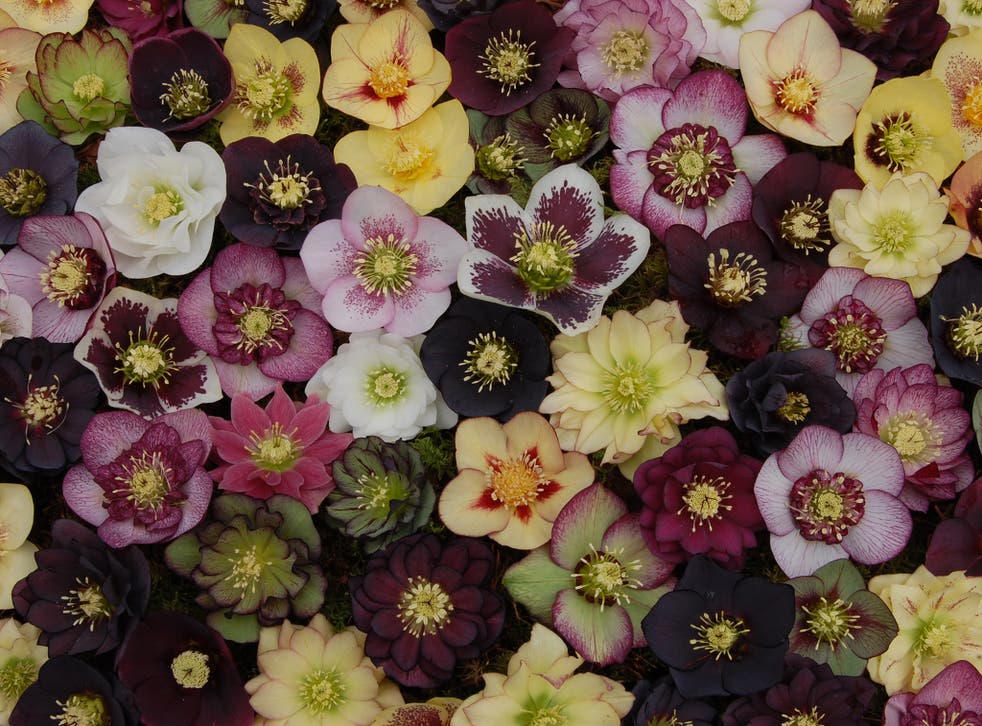Table of Contents
Most hellebores are evergreen perennials that bloom in the year’s colder months. However, they’ll come back year after year, and their seeds will grow and mature into more plants for your garden. Their five-petal blossoms resemble buttercups but are considerably more significant. In addition, they come in a wide range of hues and colour combinations, from almost black to nearly every rainbow shade and finally white.
Those who garden in colder climates know their flowerbeds might appear great with proper hellebore care by December. While the earth may still be covered with snow in late winter or early spring, hellebores are a pleasant sight with beautiful flowers. Depending on the variety, flowers on hellebore plants may vary in colour from white to black. Nodding hellebore blossoms are generally fragrant and endure long. Also, they are among the first to bloom in many locations.
Different Types of Hellebore Plants
The hellebore blooms during the early spring for gardeners. The blooms may fade, but the evergreen foliage of these plants will fill up the void in your landscape. To know more, check the different types of hellebore listed below.
1. Anna’s Red
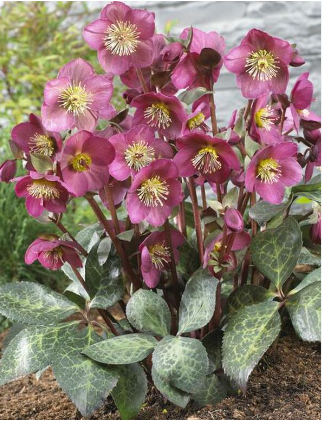
The leaves of this plant have a pinkish hue, while the flowers have a deep red-purple colour. It may be used in climate zones 4 through 9. In addition to its reliability and attractive leaves and blooms, the hellebore cultivar Anna’s Red is a popular favourite. The buds are a dark purple hue, but when they open, the petals are a rich red, and the stamens are a lovely cream.
2. Winter Jewels Amber Gem
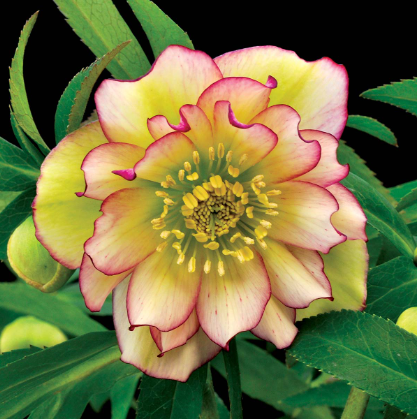
Flowers of a rare golden hue are tinged with pink. This plant does well in zones 5 through 8. It is a leathery, lush green perennial that blooms in the late winter. Clusters of big, double, ruffled yellow blooms with apricot pink and red stencilling bloom all spring.
3. Phillip Ballard
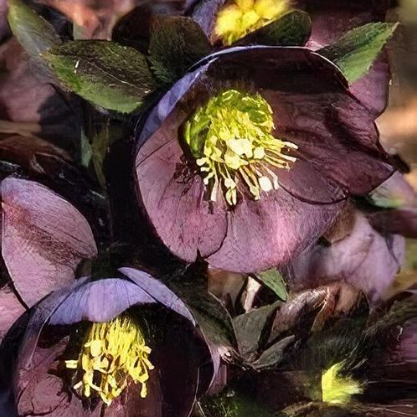
The blossoms of this cultivar are an intense blue—almost black. Plant it in soil between 6 and 9 degrees Fahrenheit. This hybrid is hard to miss because it combines deep green, nearly black foliage, and velvety-looking deep purple blooms. The blooms stand properly rather than drooping, allowing for better viewing.
4. Citron
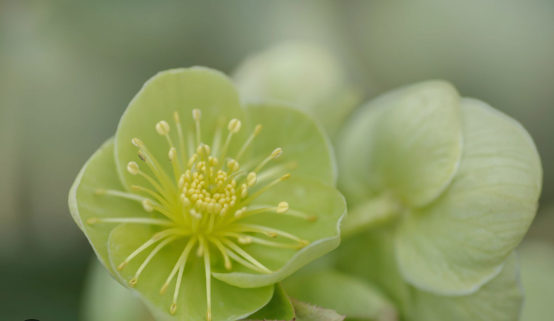
Unique primrose yellow flowers cover this hardy shrub, which thrives in USDA hardiness zones 6 through 9. These hellebores are well-liked because of their evergreen foliage, which has sharp edges like holly and remains attractive throughout the year. The clusters of white, cup-shaped blossoms at the plant’s crown provide a welcome punch of colour to outdoor spaces.
5. Angel Glow
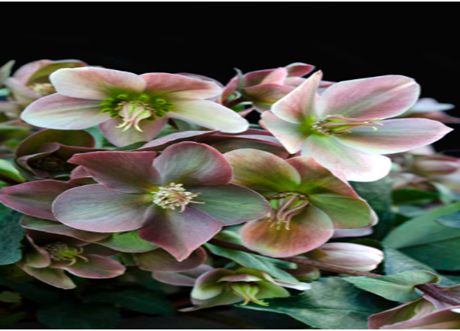
The cultivar blooms in a delicate pink that gradually becomes green. Plant it between zones 6 and 8. The hellebore’s blooms open from dark pink buds. When fully bloomed, its delicate pink petals gradually become pale green. In the last days of winter, angel glow flowers will open.
6. Wester Flisk
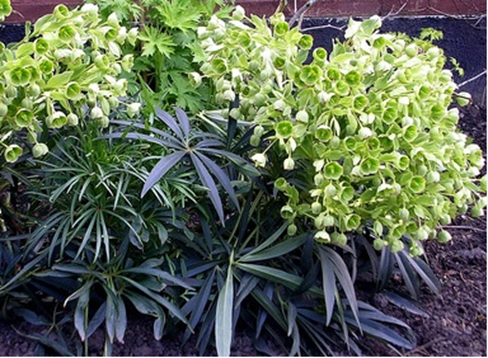
The stalks and stems of these plants are tinted with a bright red colour. It is a greenish flower with red and purple highlights, and USDA hardiness zones 6 through 9 are ideal. If you want to grow this rare hellebore in your yard, you should know that it requires a lot of direct sunshine. It requires at least a controlled amount of indirect sunlight to grow healthily.
Step-By-Step Guide for Growing Hellebore Plants
Hellebores must be planted between March and August to have enough time to develop their roots and bloom in the late winter. When the time comes to put in your hellebores:
1. Select a Location for the Plants
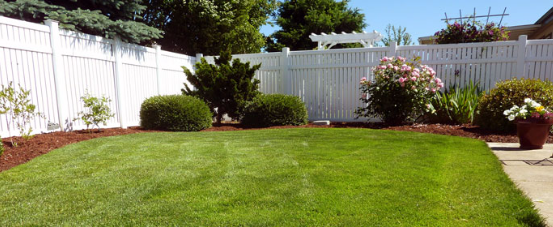
Hellebores thrive in the cool, late-winter weather, but as the warmer summer months arrive, they do best in partial rather than full shade. Hellebore blooms thrive when planted under the shadow of a deciduous tree, where they may bask in the sun throughout the winter months when the tree’s limbs are bare. If you want to plant your hellebores, then do it where they will be shielded from summer’s heat and direct sunlight.
2. Get the Soil Ready
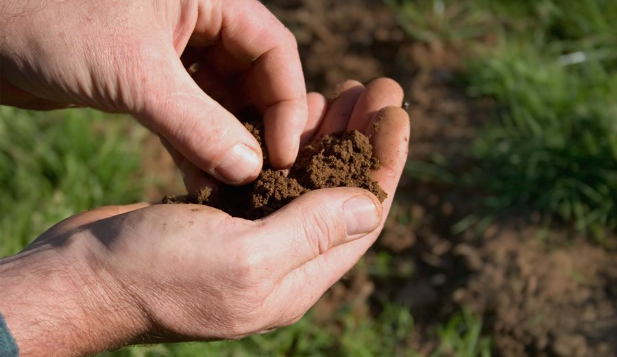
Hellebores thrive on soil that is loamy, aerated, and well-drained and is also full of organic matter. You may amend the soil with compost or other organic matter. You can get the soil ready with compost or other organic products. But, do not immediately apply the fertiliser on the fragile root. Otherwise, it can cause damage to the plants.
3. Begin Digging the Holes
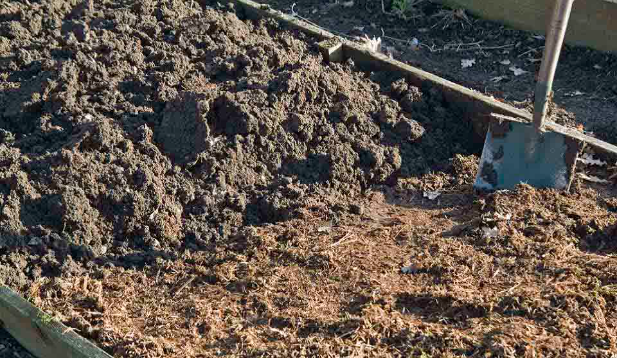
When buried, the root crowns of hellebore plants have a higher risk of rotting. Therefore, when digging a hole, you must ensure that it has the same depth as a pot to protect the roots from rotting. It will further ensure that you are offering appropriate hellebore care UK. Provide at least 15 inches of space between each hole for the plants to flourish.
4. Plant Your Hellebore
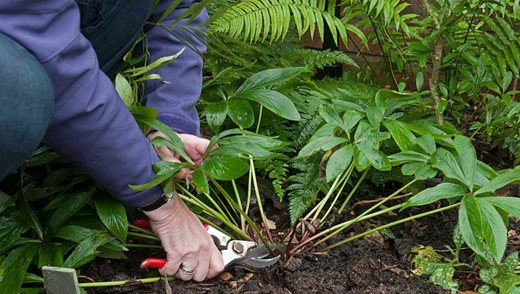
Always use gloves while handling hellebore plants since they are slightly poisonous and can produce a moderate rash or irritation on the skin. Squeeze the pot and tip the plant over to release it from the container. If the root ball is very densely packed, you should use your fingers to break up the dirt carefully, then insert the roots in the hole before covering them with soil.
5. Immediately, Water
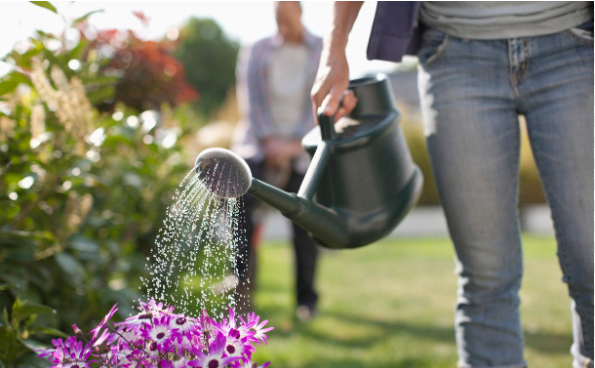
The best hellebore care UK is to give your plant some water so that its roots can absorb it and the soil will get denser. You must remember that newly-planted hellebore plants require water daily during the initial growing seasons. If you are thinking about planting the hellebore plants in a container, regular watering is a must to avoid drying out. Keeping them away from the summer sun is necessary to reduce the chances of water loss.
Essential Tips to Follow When Planting Hellebores
Even when ordering online, hellebores are often sent as potted nursery plants. You can buy Generic Fresh 100PCS Hellebore Flower Seeds, which come in packets with various colours. Plants in containers from nurseries have been bred or picked for their hues, so you’ll need to buy them if you want a specific type. With protection from cold winter winds and enough light, hellebores thrive in the shade where most other plants can’t survive. As a result, the plants need no significant upkeep other than briefly removing dead leaves. Late winter or early spring is an excellent time to prune back winter-damaged leaves to the ground in preparation for a spring blossoming.
1. Light

Hellebores do best when grown in partial to complete shade throughout the summer; however, they demand more sun in winter. Planting them below a deciduous tree is perfect since it will provide summer shade and expose them to full light after the leaves have fallen in the autumn.
2. Soil
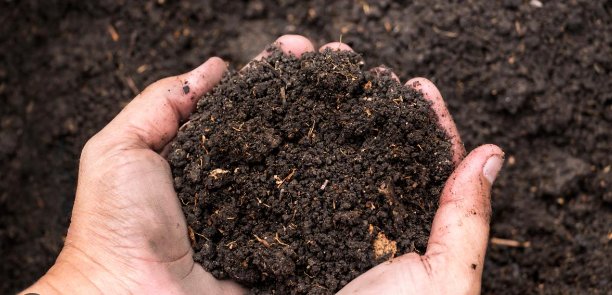
Well-drained, organically-rich soil is ideal for growing hellebores. However, since hellebores thrive in pH ranges ranging from neutral to slightly alkaline, amending acidic soil with lime may be necessary. Do a soil test to find out what nutrients are already there and the pH level before adding anything. It is essential for hellebore care.
3. Water

Hellebores do best in damp conditions but cannot tolerate water for extended periods. The hellebores can adapt to dry conditions after they have been established.
4. Temperature and Humidity
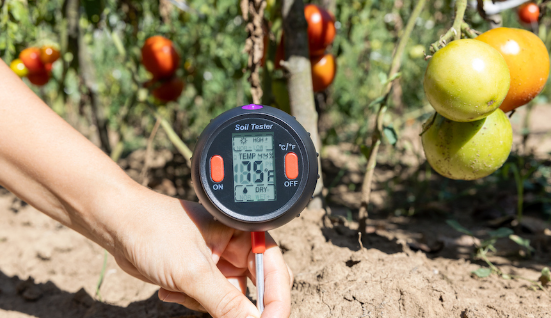
Hellebore’s cold hardiness ranges from zone 3 to zone 9 on the USDA plant hardiness scale. Hellebores need to be shielded from the cold winter winds in areas where they grow. Hellebores can withstand a broad spectrum of moisture levels.
5. Fertiliser
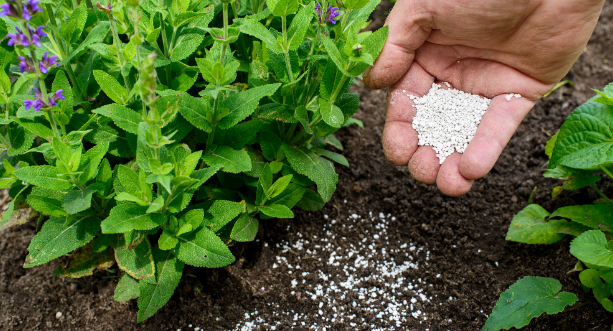
Plant with well-rotted manure; keep amending it every spring and autumn with a layer of the same. Hortulani VermiCompost Extract for Flowers & Gardens fertiliser is necessary to make the soil fertile enough to gain the most hellebore care. The hellebore flower does well in moist, fertile soil. Fertilising them once a year will increase their bloom output. Compost or a slow-release, balanced fertiliser combination are two viable options for fertilisation. At the time of first hellebore planting, put the fertiliser into the backfill soil.
Growing Hellebore Plants from Seeds
It’s essential to constantly use new seeds while growing hellebores since they only keep for a short time. Plant new seeds in pots and leave them outside all summer. If you maintain moist soil, you may observe germination occur either in the autumn or the following spring, depending on how long you keep the soil wet. The seeds in pods found on living plants must be sown immediately after collection. However, if they are kept out of the soil for an extended time, they will harden and become inactive. Sometimes, this dormancy period might take a year or more to finish. They will accomplish this on their own in the great outdoors, but if you intend to grow seeds inside, you must take hellebore care in the UK and pay attention.
Growing hellebore plants from seeds is a time-consuming process. Working on the soil is necessary when planning to grow them from seeds. However, you can grow them outside or put them in a container. But, be mindful of the temperature, as the hellebore requires more sunlight during winter and less sunlight during summer.
Pruning
Hellebores benefit most from being pruned in late winter or early spring, just as new growth appears on the plant. Fresh shoots need to emerge among the more mature stems and leaves. When that time comes, remove your pruning shears and eliminate the old, ragged growth. Reduce the height of the ancient tree to its base.
Propagating Hellebore
You may double your hellebores by splitting them apart. Before they bloom in the spring, late winter is the optimum time to split. To locate the buds on the plant’s top, it is best to dig the whole plant and shake or wash off the dirt. Make sure there are at least two buds in each section.
While most species will self-seed and spread into new areas, hybrids may generate seeds that look nothing like the parent plant. Plants grown from seeds have the potential to resemble either of the hybrid’s parents rather than the hybrid itself. Once the seedlings have grown genuine leaves and are of a size that allows you for hellebore care, you may transplant them to a different part of the garden.
Helpful Tips for the Hellebores Care
The hellebore is a tough, low-maintenance plant that doesn’t need much attention. The following are tips for hellebore care.
1. Water New Plants to Grow Them
New hellebore plants need around an inch of water weekly to become rooted. It may come from natural rainfall or watering them by hand. Water your plants less often after establishing themselves and producing new growth.
2. Check for Pests and Diseases
If you see aphids or their sticky trails on your hellebores, spray them with neem oil or an organic pesticide to provide the best hellebore care. Three of the most frequent hellebore plant diseases are leaf spots, downy mildew, and black death. Remove plants if you see discolouration, severely stunted growth, or significant leaf curl. Fungicidal therapy is effective in the early stages of several disorders.
3. Transplant or Thin Fresh Seedlings
The hellebore plant is self-sowing, producing new plants from its seeds. Overcrowding may be avoided by pulling up or relocating young plants as they emerge. Flowering plants grown from hybrid plant seeds will likely produce blooms distinct from the parent plant.
If you want fewer hellebore plants, dead blooms may be trimmed so they don’t release their seeds. Hellebores may cause slight irritation to the skin; thus, it’s best to use gloves while working with them.
4. Overwinter Locally
Your plants will stop blooming for the season in the late summer or early autumn, at which point you must have to get them ready for the colder months ahead. However, due to their extreme cold hardiness, hellebores often do not lose their green colouration or need drastic pruning to prepare for the winter months.
On the other hand, if you reside in a region with very severe winters, the leaves may become wilted and dark in colour. As a result, plants may wait until late winter or early spring, when circumstances are optimal, to put up new branches and blossom if they are pruned to the ground at this time. To further insulate the soil from the cold, you may apply a layer of mulch over the roots.
Taking Care of Hellebores – Final Thoughts
You may plant your hellebores in the spring or autumn. Some plants take longer to mature and may need two growing seasons before producing fruit. If a young plant is coaxed into blooming too soon, it might experience a delay in blooming. However, the local climate and the type of hellebore you have determine their blooming time.
The cultivation of hellebores is a rewarding endeavour for any gardener. The hellebore plant is admired for more than just its beautiful and distinctive blooms; its lush green foliage is also a sight to see. In the long run, little attention is necessary for hellebore care. Keep children and dogs away from the hellebore plant since it is harmful throughout.
Avoid uprooting your hellebores by planting them somewhere they will stay put. Try to choose a site where the evergreens will be shielded from the harsh winter winds that might kill them. Planting them behind deciduous trees will allow their leaves to bask in the light during the winter months while being shielded from the heat of the summer. Water hellebores gently after planting and again every few days until they’re established. Leaves should be trimmed or raked away in late winter, before new growth appears, to provide room for the spring season.
Frequently Asked Questions (FAQs)
Can Hellebore Flowers Be Grown Indoors?
Like the popular NIUXICH Artificial Wreath poinsettia, this plant is often marketed throughout the winter, only to be abandoned after its showy blossoms have served their purpose. Instead, keep the plant inside until the frost has melted, and then transfer it to a spot in the garden where it will get some shade in the summer and some sun in the winter.
How Quickly Do Hellebore Plants Grow?
Hellebores are classified as slow-growing plants since it might take up to 18 months to reach their full height, around 12 inches tall and 24 inches wide. It may take around three years for those developed from seed to attain that stage.
Does the Hellebore Plant Spread?
Self-seeding is possible with hellebores. However, allowing them to do so might lead to hybrids you didn’t intend if you grow different kinds together. If young plants are sprouting too near established ones, it’s time to thin them out. After three years, plants that bloomed on their own will produce fruit.
Is It Necessary to Divide Hellebores?
In most cases, it is not required for the plant’s health to split them; however, if you want to divide them, autumn is the optimum time. Hellebores are sensitive to disturbance and should not be dug up or transplanted unless necessary.

